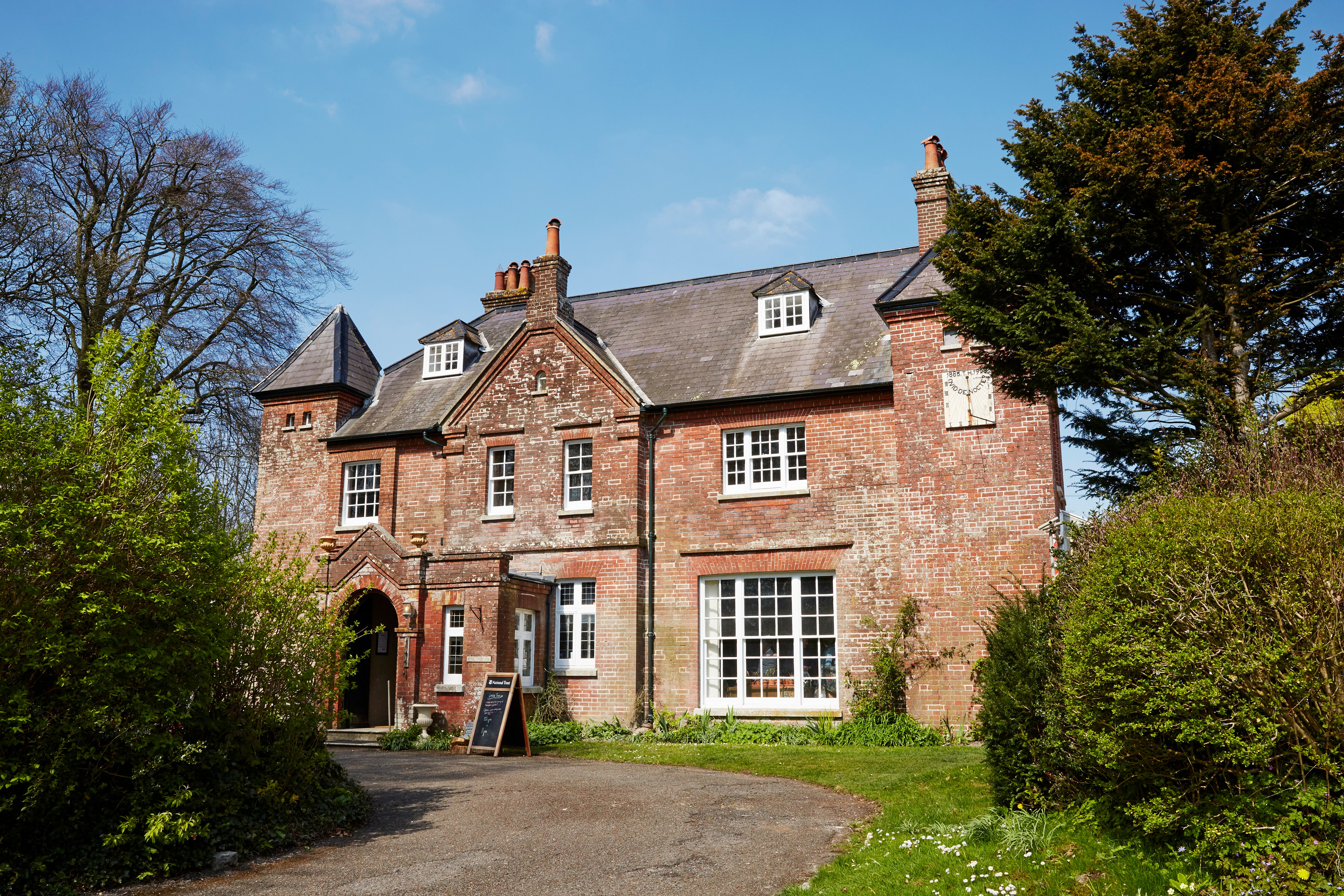Neolithic monument discovered under Thomas Hardy’s former home protected
The circular enclosure, which is almost 100 metres in diameter, was found under the garden of Max Gate, in Dorchester, Dorset.

A Neolithic site discovered under author Thomas Hardy’s house has been protected as a scheduled monument.
The circular enclosure, which is almost 100 metres in diameter, was found under the garden of Max Gate, in Dorchester, Dorset, and is made up of ditches and pits.
Some of the pits contain sarsen stones covering human remains and others have walls inscribed with rare Neolithic spiral designs.
The enclosure is from the Middle Neolithic period (3365 to 2960 BC) but evidence uncovered during excavations in 2022 confirmed that the site was already in use during the Early Neolithic period.
This suggests it is one of the earliest identified archaeological sites in the area, being between 5,500 and 5,800 years old.
The remains beneath Max Gate make up half of the wider structure known as Flagstones, the other half having been excavated and subsequently destroyed in the 1980s during the construction of the Dorchester bypass.
The site has now been scheduled by the Department for Culture, Media and Sport on the advice of Historic England, which will ensure the remaining eastern half of the enclosure will survive undisturbed.
Hardy designed and built Max Gate in 1885 and he lived there until his death in 1928.
While living there he wrote many of his most important works, including Tess of the d’Urbervilles and Jude The Obscure.
During the construction of the house, several Iron Age and Roman burials were discovered.
In 1891, following work on the garden, a sarsen stone was uncovered. It took seven men to retrieve the stone from the ground after which Hardy placed it in his garden.
He named the stone the Druid Stone and, so inspired by the discovery, he penned the poem The Shadow on the Stone.
The excavations in the late 1980s revealed another sarsen stone. Both stones have been placed and re-erected in the garden and are included within the scheduling.
Max Gate was given to the National Trust by Hardy’s sister Kate Hardy in 1940, and the house formally opened to the public in 2011.
Heritage minister Sir Chris Bryant said: “The multi-layered importance of this site is very special, as Thomas Hardy’s discoveries at Max Gate influenced him and shaped his poetry.
“It shows how our historic landscape often inspires art and how the two can work beautifully in harmony.
“These Neolithic remains form one of the earliest identified monuments in the Dorchester area.
“Scheduling the site will ensure this piece of our history can continue to capture people’s creative imagination for many years to come.”
Duncan Wilson, Historic England’s chief executive, said: “The remains of the site known as Flagstones under Max Gate are a rare example of a Neolithic monument, which can significantly contribute to our understanding of the prehistoric ceremonial landscape around Dorchester.
“The discoveries at Max Gate inspired one of England’s most important writers, and the protection of the site ensures its survival, allowing it to continue to inspire generations to come.”
Hannah Jefferson, from the National Trust, added: “Thomas Hardy’s own archaeological discoveries at Max Gate featured significantly in his poems and stories, but he was also inspired to write papers, give talks locally, and display many of the artefacts found at Max Gate.
“We’ve no doubt Hardy would approve wholeheartedly with the scheduling of the Neolithic monument.”
Bookmark popover
Removed from bookmarks